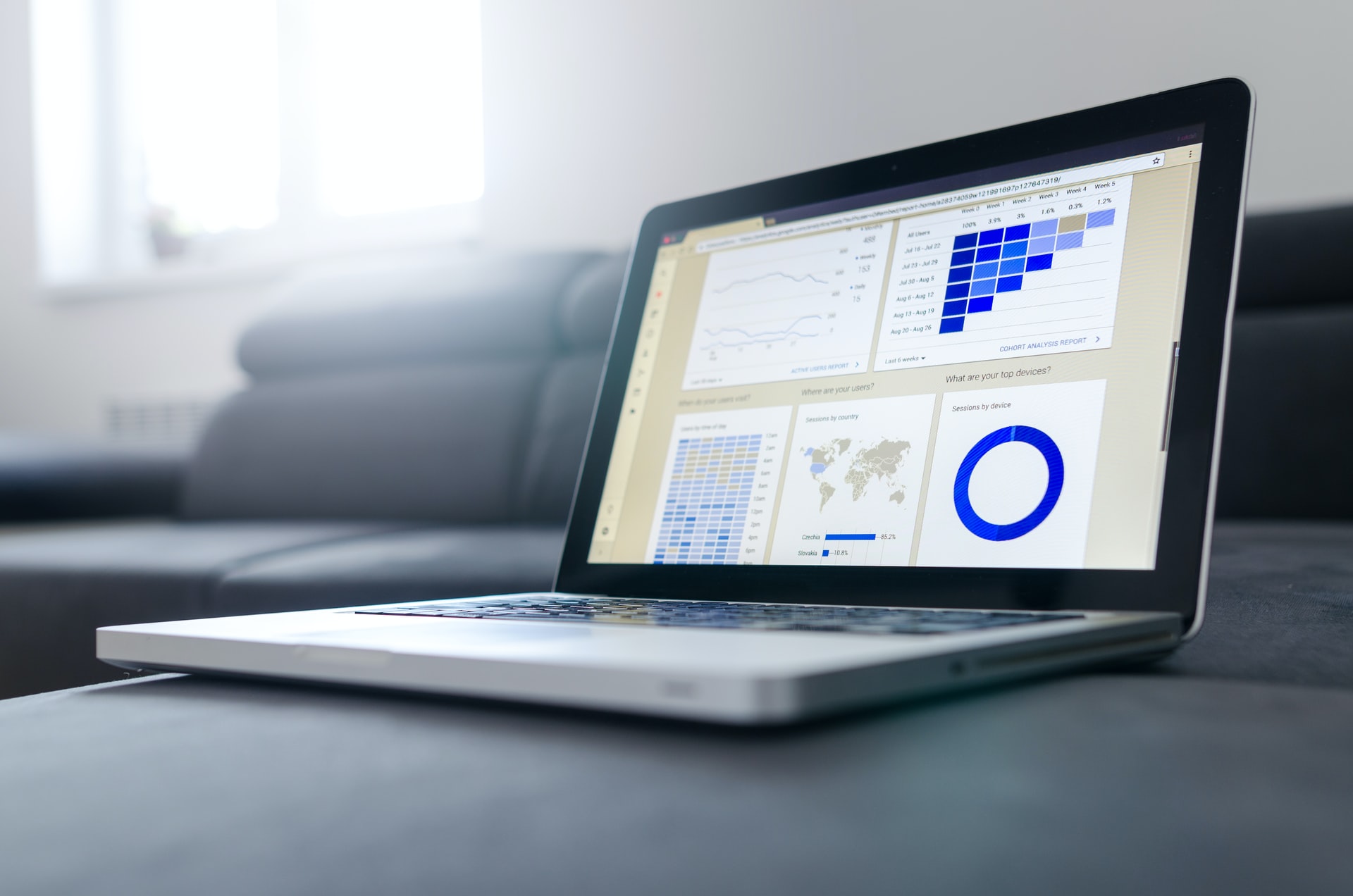How measuring digital maturity can help improve e-services
The Covid-19 pandemic has thrust technology to the forefront, as it brings new ways for people to continue working, studying and gathering during a time of heightened safety measures. Going forward, there is no question that key digital technologies such as cloud computing, contactless payment and biometrics will be part of a government’s and a country’s strategic capabilities.
 Photo:Unsplash
Photo:Unsplash
What remains for many experts in the field is how to measure the level of adoption and maturity when it comes to using such digital tools. For government agencies, this is important for them to understand where they stand and how effective they have been when rolling out e-services to serve citizens.
How mature are you?
Should they measure their digital maturity by looking at “hard” indicators such as the value of contracts given out or the openness of the data available for use?
These are revealing indicators and often used by consulting firms to evaluate how digitally mature and ready an organisation is for the future. But there has to be something more. Feedback is critical as well to the success of an e-service. What are citizens saying about a popular app that lets them transact with the government, for example? What do the agencies think of their own efforts?
When measuring digital maturity, the result should not be a snapshot of a certain point in time. Instead, it should be something that is dynamic, changing often as an organisation strives to meet new challenges.
Around the world, the most digitally advanced countries such as Britain are looking to measure how far they have come on their digital journey and what they must do to improve and move further into the future. Among the indicators that Britain is exploring are a user-centric design, data driven decision making and having the appropriate technology and infrastructure.
Meeting expectations
Singapore has been doing the same. In 2018, after Singapore’s Digital Government Blueprint was unveiled, government agencies started putting together a framework of what it means for an organisation to be “digital to the core”.
The framework covered different aspects of being digital, from why (strategy) to what (digitalising business areas, to use data to formulate policies) and how (covering people, data and technology), so that agencies could evaluate how digitally mature they were, so they could improve their services to meet the three stakeholders’ expectations.
From here, the agencies rated themselves on different aspects of the framework, and the overall results were compiled into one of four levels – starter, literate, performer or leader – depending on their extent of digitalisation across the various areas of why, what and how. The answers made for some interesting insights. The bulk of the agencies perceived themselves as digitally literate, while the rest saw themselves as performers. There were no agencies whose results were rated as leaders.
This result is a reflection of the journey that many agencies see themselves on. There is still room for improvement.
Knowing your strengths and weaknesses
Crucially, the self-assessment also allows them to know their strengths and weaknesses and work on them. Generally, the top six areas that needed improvement on a whole-of-government level were:
- Leveraging Data to create value
- Deploying Agile at Scale
- Designing end-to-end service journey
- Leveraging digital tools and processes
- Strengthening people capabilities
- Building Digital ecosystems and partnerships
What the self-assessment offers is a way to gauge this digital maturity. This in turn gives them a clearer picture when drawing up a digitalisation plan to plug the gaps, say, in strategy, data or capability development.
One encouraging thing that has emerged from the digital maturity assessment is the clarity of purpose among many agencies. Many were keen to share their experiences and go in depth into the lessons learnt and how they can better serve citizens through digital enhancements in future. That is the way forward.
Excellence can only be possible when a problem is tackled properly. In terms of a digital government, Singapore is making sure it knows how well it is performing over time, so there is a continuous effort to improve. Ultimately, this is done so that e-services can better serve citizens as their requirements change.
This article was contributed by Alfred Siew. Alfred Siew is the editor of Techgoondu.com, a technology news website based in Singapore that was founded in 2008.
https://www.tech.gov.sg/media/technews/how-measuring-digital-maturity-can-improve-e-services
